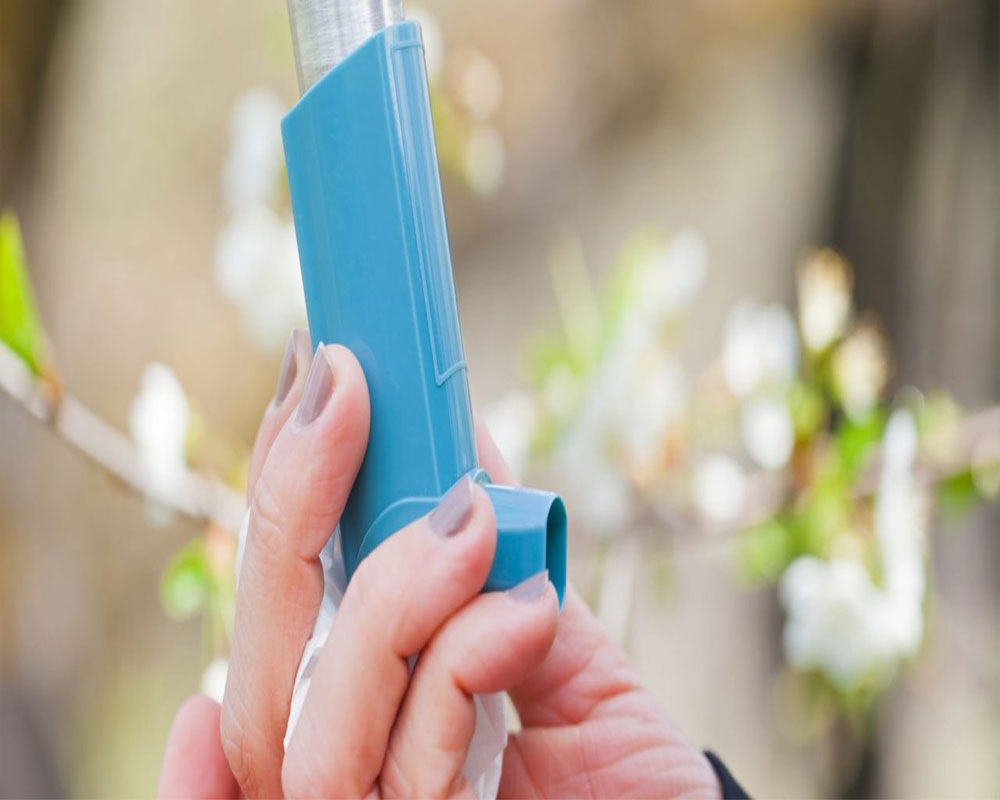Indoor air pollution is a major global public health problem. According to reports, the concentration of indoor pollutants can be many times higher as compared to outdoor, primarily due to poor ventilation.
Now that people are spending most of their time indoors with the current COVID-19 pandemic and the lockdown measures, exposure to indoor pollution becomes a major health concern, points out Dr. Prashant Chhajed, HOD-Respiratory Medicine, Hiranandani Hospital, Vashi and Fortis Hospital, Mulund.
What are the causes of Indoor pollution?
Particles >10 em are usually removed at the upper airways, whereas those <10 em may be deposited in the airways and alveoli, informs the expert. Some bio-aerosols of concern in homes are indoor allergens i.e. dust mites, pet allergens, cockroaches, molds. Other common reasons of indoor pollution he underlines:
Environmental tobacco smoke
Cooking using bio mass fuel
Cleaning and renovation activities
Unvented gas and Kerosene heaters used indoors
Smoke from incense sticks, dhoop, etc.
Burning of Camphor and mosquito coils
These are of major concern for an asthma patient, as they can aggravate their asthma and lead to flare ups.
Decreasing air pollution at home to reduce the likelihood of Asthma flare ups is easy to achieve. Dr Chhajed recommends few ways to reduce indoor air pollution:
Stop smoking
Use fragrance-free household products
Minimize carpeting in the home
Use of an exhaust hood while cooking is a must
Keep the windows open and keep the house well ventilated
Dehumidifiers and air conditioning may help prevent mold and also help to reduce dust mites, which don't survive at humidity levels below 35%
Air purifiers or filters may help to take care of the pet dander that is light-weight and floats in air
Vacuum cleaning carpets and upholstery regularly can also help to reduce dust mites and dust particles
Washing bedding, cushion covers, blankets regularly helps to keep these allergens under control
Avoid burning incense sticks and dhoop at home


























